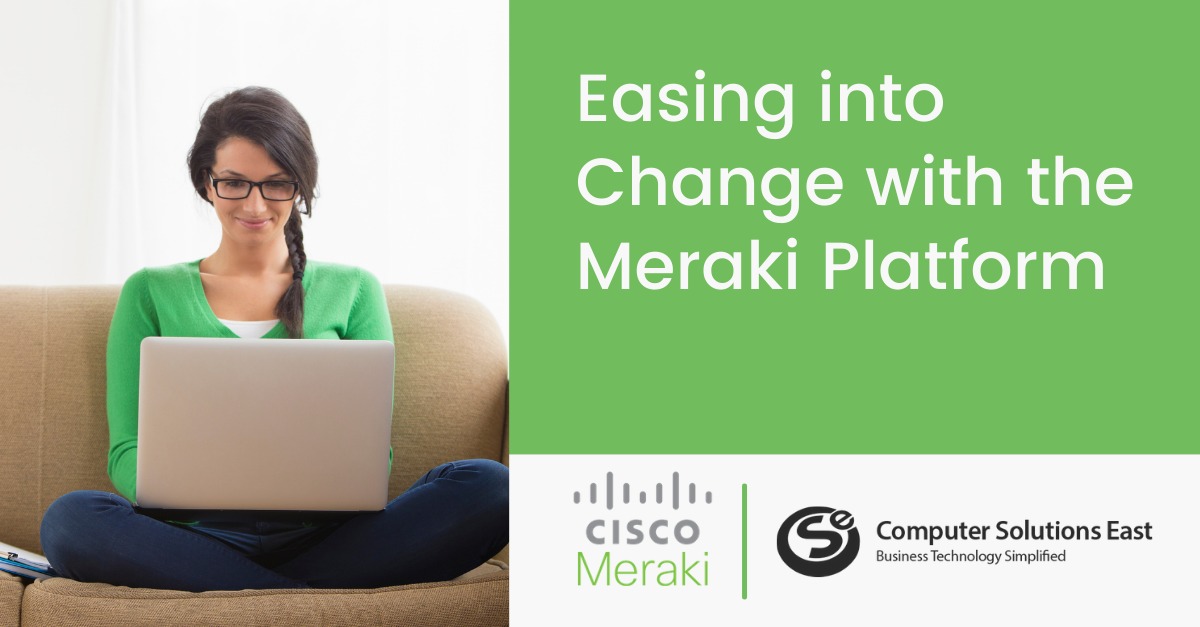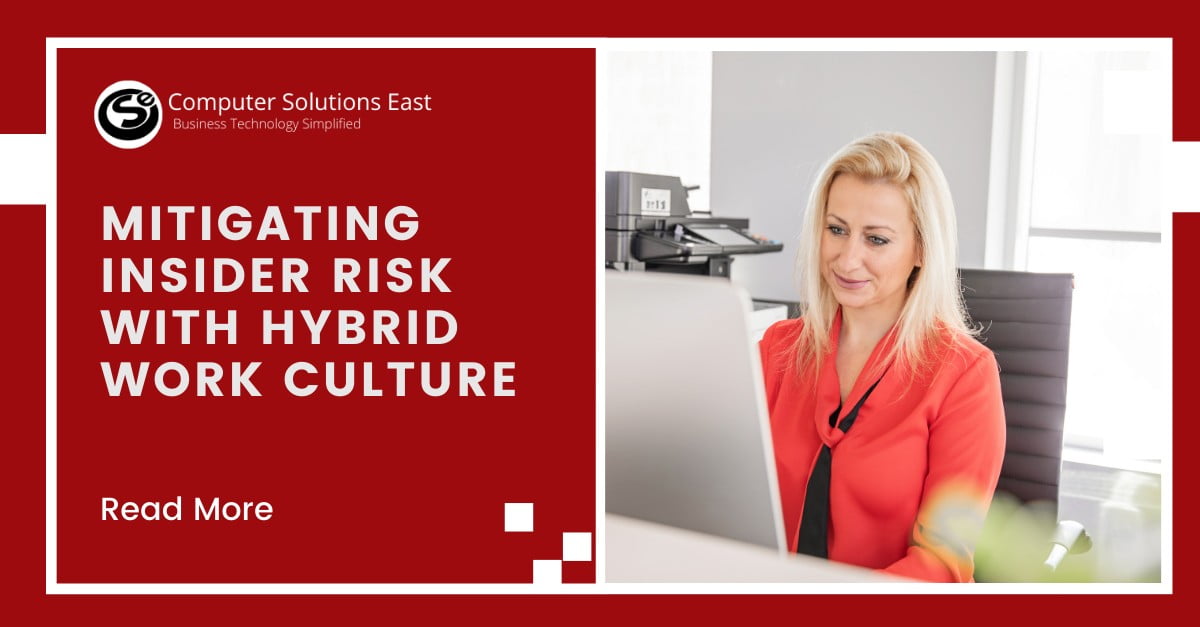What Will Cloud Security Look like in 3 Years? Get to Know from a Trusted Cloud Service Provider
By 2020, Gartner states, public IaaS workloads will suffer at least 60% fewer security incidents than typical data center workloads. Several years ago, many scoffed at the assertion.
Both hyperscalers and third-party protection vendors spend between 70-80% of their R&D budgets funding public clouds. Not unexpectedly, most cloud protection solutions’ consistency and reliability would be superior to conventional on-site systems.

This is where enterprises need to address the users on the line in terms of cloud security.
Here’s what I think it would look like in three years, maybe sooner.
Since the Covid 19 pandemic caused a wave of business shutdowns worldwide, technology firms have massively migrated their data to the cloud. But, with many organizations still unwilling to transition to security issues, migration is far from complete.
In a recent survey, known as the ‘Hype Cycle for Cloud Protection,’ Gartner found that businesses point to privacy as a significant reason not to move into the cloud even though they know its significant benefits enabled by cloud service providers.
With more and more data—and more data considered mission-critical—created, processed, and controlled in the cloud, hackers would inevitably target exposed systems. Developments such as the Internet of Things are a perfect example of why a business makes perfect sense to target the multi-trillion-dollar economy. This becomes even more, a problem when “smart things” are linked to the cloud without adequate integrated protection or when users fail to follow proper cloud security hygiene.
Automate everything
Some protection systems automate existing processes today, but this will be pushed to the next level in the next three to five years. Cybersecurity experts can deal with over-dynamic, possible threats assisted by a machine learning framework, using intercloud and intracloud orchestrations to identify and avoid attacks.
This transforms cloud protection from a passive to an active state. This means that businesses wait to be attacked, no longer waiting to be attacked; instead, they will have security systems robust enough to predict the imminent assault and an automated defense response that can immediately challenge the intruder before the first attempt at penetration. In certain situations, security experts also conduct automated counterattacks.
Focus on intercloud security
When businesses are transitioning to a multi-cloud environment, they can discover vulnerabilities using native security systems for the public cloud. This can get too arduous and may also lead to complexity and uncertainty.
Also, growth-focused businesses look at businesses that are beyond the multi-cloud environment. Technology with links to native interfaces but which logically operates primarily in public clouds. This means that you can coordinate services to create a united defense and share information about protecting yourself against such attacks.
You’ll also need visibility in all major programs, databases, and storage systems in all public clouds, such as seeing a CPU saturation tested for potential attacks.

Remove humans
You can think of a war-like scenario where computers can go against the established business data, but the truth is that humans are the security chain’s weakest link. Gartner states that by 2025, 99% of cloud protection vulnerabilities would be the customer’s responsibility.
Whether misconfigurations leave doors open or straightforward errors due to lack of experience, the more businesses factor humans out of the cloud security equation, the safer will it be.
This goes back to the “Automatic All” approach that most security systems will use in three years to provide cloud security. This is critical for businesses relying on cybersecurity solutions providers to set up these automation and continuously refine them.
In the end, increasing the protection and the cloud ensures providing the businesses with the safest place to function efficiently. As long as research and development investment goes into cloud-based defense, this is a forgotten inference.
Use a Cloud Access Security Broker (CASB)
The use of a CASB rapidly becomes a core method for enforcing best practices in cloud protection. Hiring a cloud service provider is linked by software to expand your security checks into the cloud.
A CASB provides a sophisticated cloud protection toolkit to provide visibility, enforce security policy, detect and secure risks, coupled with ensuring compliance with the cloud ecosystem. Talk to CSE experts and begin your cloud security journey that can redefine your business’ growth story.


